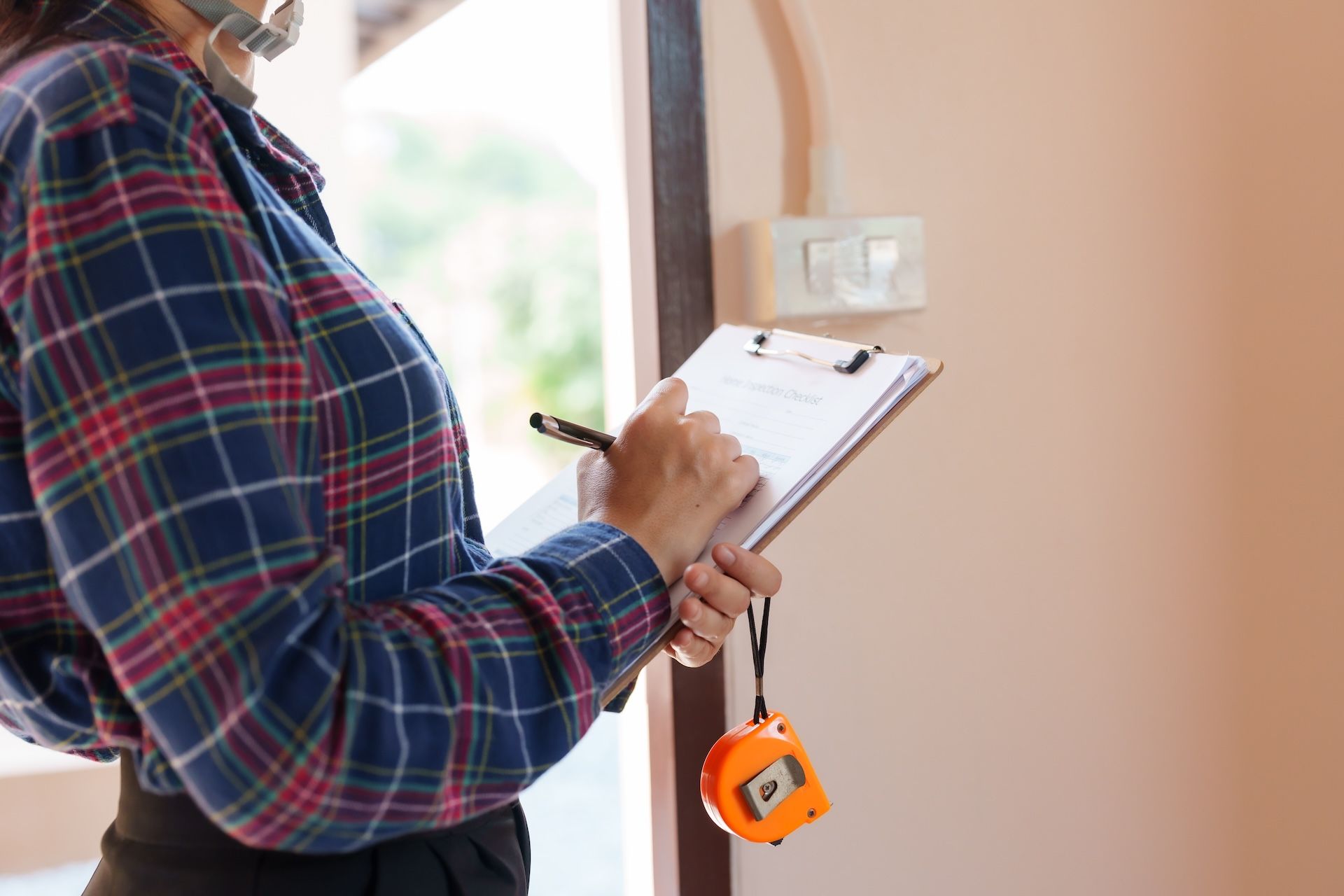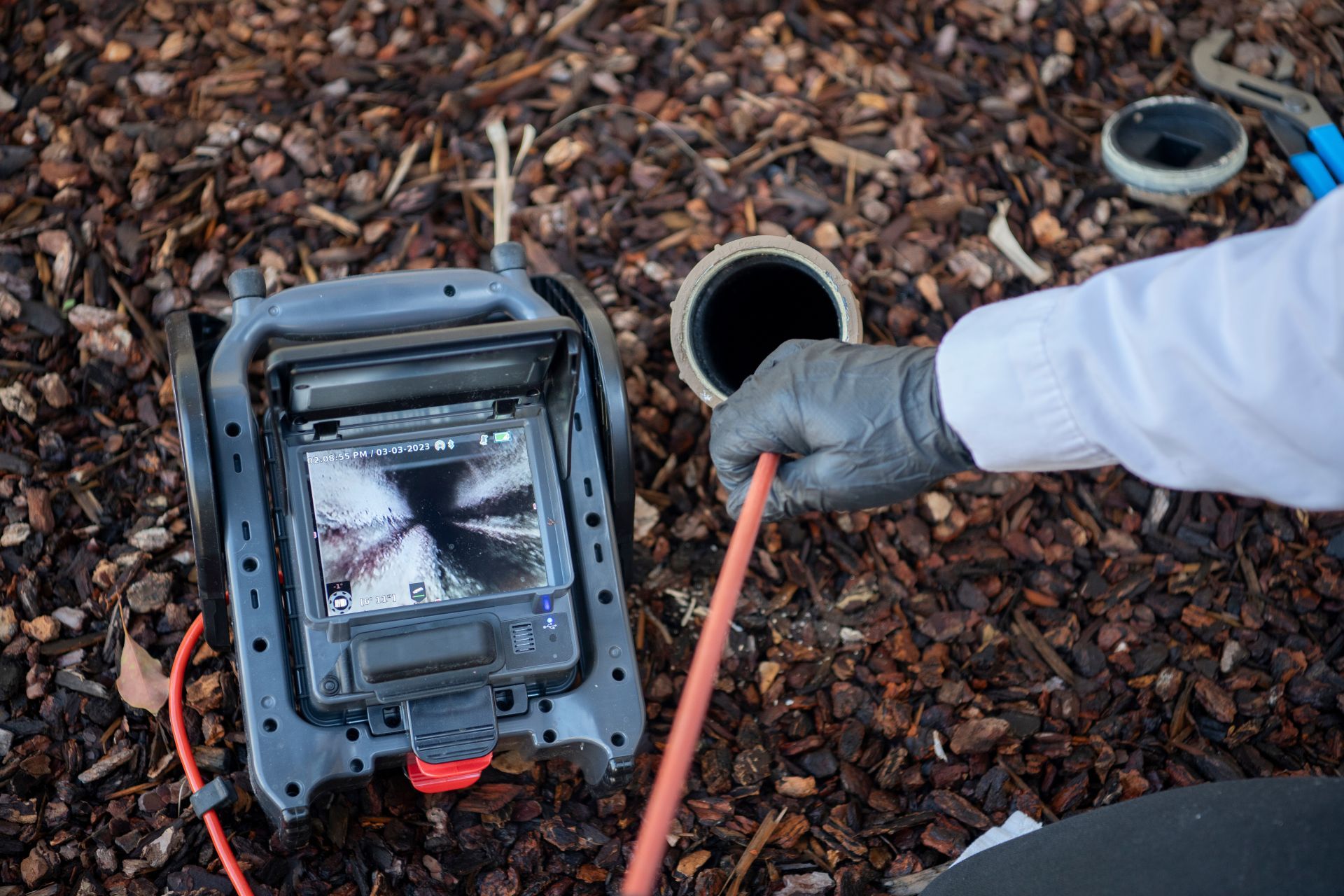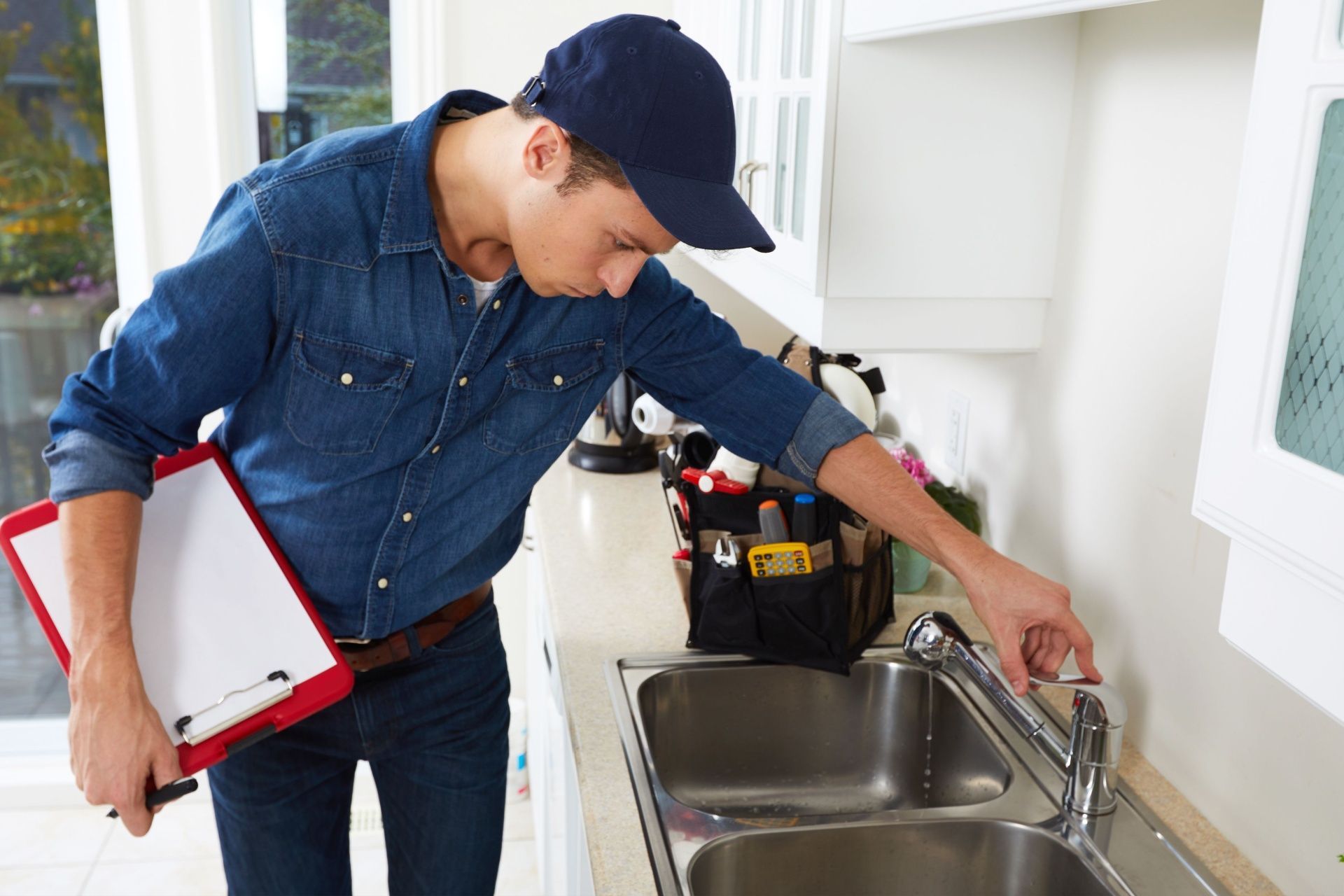Roof Underlayment: Why Your Home Depends On It?
When it comes to protecting your home from the elements, roof underlayment plays a vital role. This hidden yet crucial layer, installed beneath the shingles or other roofing materials, acts as a barrier that protects your roof's sheathing and framing from moisture. Understanding the importance of roof underlayment can save you significant repair costs and enhance the longevity of your roof.
While roof underlayment might seem like a small detail, it plays a major role in safeguarding your home from water damage. It’s essential for homeowners to understand its function, how it prevents damage, and why it’s a necessary component of a strong, durable roof.
What Is Roof Underlayment?
Roof underlayment is a waterproof or water-resistant material installed between the roof sheathing (the boards that make up your roof’s structure) and the outer roofing covering, such as shingles, tiles, or metal. The primary role of underlayment is to serve as an extra layer of protection that helps to keep moisture from penetrating the roof sheathing.
In the event that your roofing material (such as shingles or tiles) becomes damaged or displaced, roof underlayment ensures that the underlying wood structure remains protected. Over time, water infiltration can lead to wood rot, mold, and other serious issues that affect the roof’s integrity. Roof underlayment provides an additional defense against these types of damage.
The Function of Roof Underlayment in Preventing Leaks
Roof underlayment acts as a critical line of defense, especially in extreme weather conditions like heavy rainfall or high winds. When shingles or tiles become damaged, or if gaps appear, underlayment helps prevent water from infiltrating the roof structure. It serves as a secondary waterproofing layer, which reduces the chances of leaks and water-related damage inside the home.
Before underlayment became a common roofing practice, many homes faced significant water damage from leaks when the primary roofing material failed. With the advent of underlayment, homeowners gained an additional layer of protection that improved overall roof resilience and performance.
Types of Roof Underlayment
There are three primary types of roof underlayment, each offering unique advantages depending on the climate and roofing needs. Understanding the different types of underlayment can help you choose the right material for your roof’s specific requirements.
- Asphalt-Saturated Felt: This is the most common form of roof underlayment. It consists of a fiberglass or organic base material that is soaked in asphalt for water resistance. While asphalt-saturated felt is durable, it can degrade over time if exposed to prolonged sunlight and heat.
- Non-Bitumen Synthetic: Made from polypropylene or polyester, synthetic underlayment is more durable than asphalt felt. It is UV resistant, lightweight, and much easier to install. This material is highly resistant to tearing and punctures, making it ideal for areas with frequent storms or high winds.
- Rubberized Asphalt: This underlayment combines asphalt with rubber polymers, providing superior waterproofing capabilities. Rubberized asphalt is especially useful in areas where leaks are most likely to occur, such as roof valleys, around vents, or chimneys.
Why Roof Underlayment Is Essential for Home Protection
The importance of roof underlayment cannot be overstated, especially in regions prone to heavy rain, snow, or extreme weather conditions. Roofs are continually exposed to the elements, which can cause damage over time. Without underlayment, even minor roofing material damage could result in severe leaks or structural problems, leading to costly repairs.
In places like Florida, where tropical storms and hurricanes frequently occur, roof underlayment provides extra peace of mind. It prevents moisture from reaching the sheathing, which could lead to rot, mold, or more significant water damage to your home’s interior. In these areas, having reliable underlayment is a critical investment in long-term home protection.
The Role of Roof Sheathing in Supporting Your Roof
Roof sheathing, typically made of plywood or OSB (Oriented Strand Board), serves as the base layer of your roof structure. While essential for structural support, sheathing alone doesn’t provide enough protection from water. Without an underlayment, water could easily infiltrate the sheathing, weakening it over time and leading to serious issues like wood rot or mold growth.
Proper installation of underlayment ensures that the sheathing is protected, particularly in vulnerable areas like roof valleys and around vents. If your roof sheathing is exposed to moisture for too long, it can compromise the stability of the entire roof. This is why adding a high-quality underlayment is an investment that pays off in durability and longevity.
Roof Inspections: A Proactive Step to Ensure Your Roof’s Health
Regular roof inspections are essential for maintaining the health of your roof. Whether you’re dealing with an aging roof or want to ensure your roof is in top condition, professional inspections can identify issues like damaged shingles, missing underlayment, or signs of water damage that may not be immediately visible.
At Guardian Angel Inspections, our expert team offers detailed roof inspections across Palm Beach, Broward, Dade, Martin, St. Lucie, and Hendry Counties. We’ll assess the condition of your roof, identify any potential risks, and recommend solutions to keep your home protected from the elements.
Why Regular Roof Inspections Matter
- Prevent Expensive Repairs: Early detection of problems, such as missing underlayment or damaged shingles, can save you from costly repairs and replacements.
- Boost Energy Efficiency: A well-maintained roof helps keep your home properly insulated, reducing heating and cooling costs by preventing drafts and moisture infiltration.
- Increase Home Value: Regular inspections and maintenance improve the overall condition of your home, which can increase its value if you ever decide to sell.
- Protect Your Family’s Health: Water damage can lead to mold growth, which poses serious health risks. Regular roof inspections help prevent mold by identifying leaks early.
Schedule Your Roof Inspection with Guardian Angel Inspections
Don't wait for problems to arise - be proactive with your roof maintenance! Contact Guardian Angel Inspections to schedule a professional roof inspection. Our certified inspectors will assess your roof’s condition and ensure it’s performing optimally.
We offer roof inspections in Palm Beach, Broward, Dade, Martin, St. Lucie, and Hendry Counties. Call us today at (561) 512-7854 to schedule your inspection or learn more about our services.
Disclaimer: The information on this website and blog is for general informational purposes only and is not professional advice. We make no guarantees of accuracy or completeness. We disclaim all liability for errors, omissions, or reliance on this content. Always consult a qualified professional for specific guidance.
Share this entry







